Optimal Timing for Windows Installations
Determining the best time for Windows installations involves considering various factors such as system readiness, workload schedules, and environmental conditions. Proper timing ensures minimal disruption and optimal performance. Understanding seasonal and operational patterns can help identify ideal periods for undertaking installations.
Spring and fall often provide moderate weather conditions, reducing the risk of installation delays caused by extreme temperatures or weather events.
Scheduling during periods of lower activity minimizes operational disruptions, typically during holiday seasons or designated maintenance windows.
Ensuring hardware and network infrastructure are prepared can influence timing, with installations best scheduled after necessary upgrades or repairs.
Availability of technical personnel and support resources can impact scheduling, with off-peak times often offering better access.
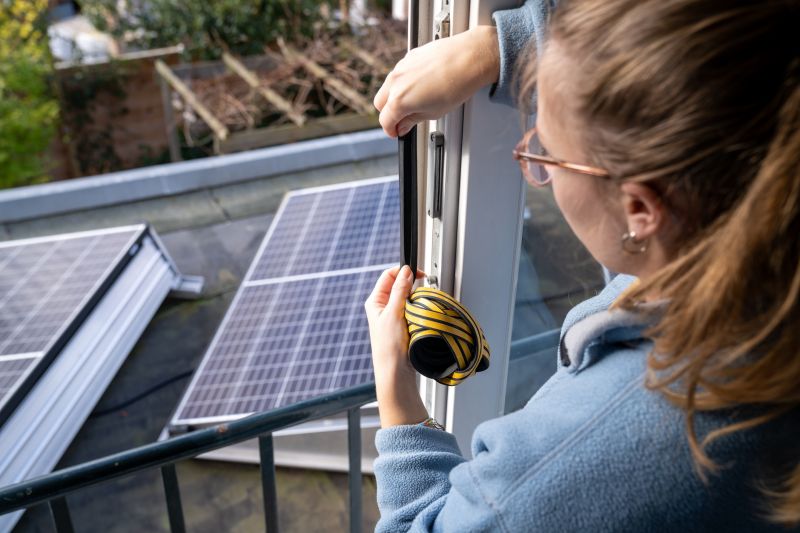
Ideal for moderate weather and less operational pressure.
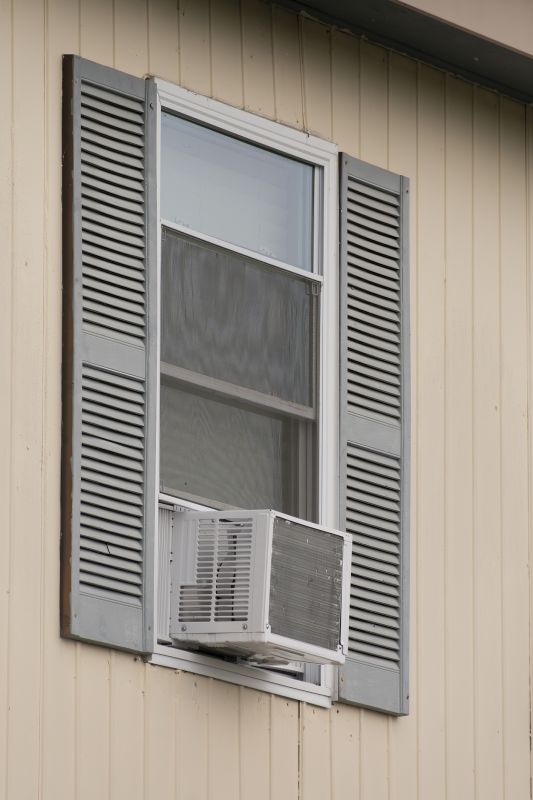
Requires consideration of heat and humidity levels.

Suitable due to milder weather and lower workload.

Ways to make Windows Installations work in tight or awkward layouts.

Popular materials for Windows Installations and why they hold up over time.

Simple add-ons that improve Windows Installations without blowing the budget.

High-end options that actually feel worth it for Windows Installations.

Finishes and colors that play nicely with Windows Installations.
| Timing Factor | Recommendation |
|---|---|
| Weather Conditions | Schedule during moderate weather seasons like spring or fall. |
| Operational Downtime | Plan during low activity periods to minimize disruptions. |
| Hardware Readiness | Coordinate after hardware upgrades or repairs. |
| Resource Availability | Opt for times when technical support is accessible. |
| Environmental Risks | Avoid peak summer heat or winter cold for hardware stability. |
Windows installations are critical for maintaining system security, performance, and compatibility. Proper planning and timing can reduce downtime and ensure a smoother transition. Data shows that scheduled updates during optimal periods lead to fewer technical issues and faster deployment times.

Technicians carefully set up Windows systems in controlled environments.
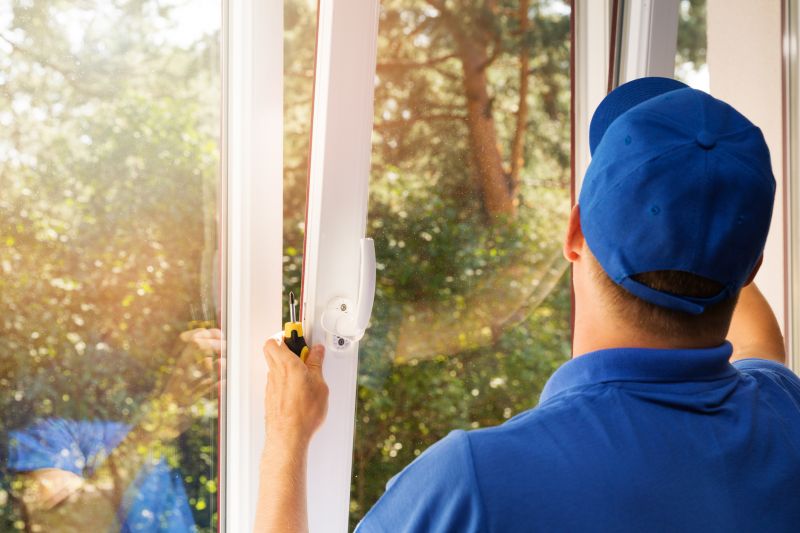
Verifying system stability and performance after installation.

Upgrading existing hardware with new Windows versions during scheduled windows.
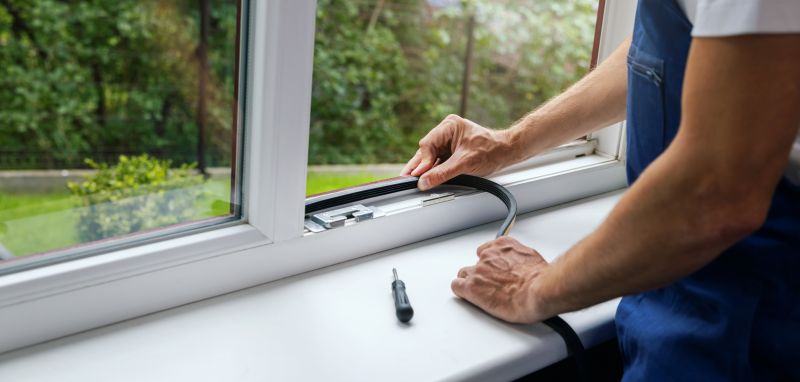
Ongoing support ensures optimal system operation after installation.
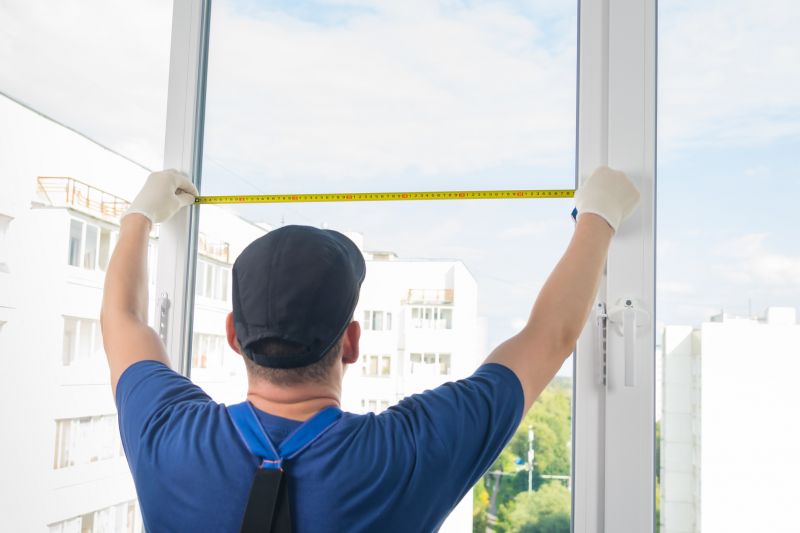
Little measurements that prevent headaches on Windows Installations day.

A 60-second routine that keeps Windows Installations looking new.

A frequent mistake in Windows Installations and how to dodge it.

Small tweaks to make Windows Installations safer and easier to use.
Interested in scheduling a Windows installation? Filling out the contact form provides an opportunity to discuss suitable timing options tailored to specific operational needs and infrastructure conditions.



